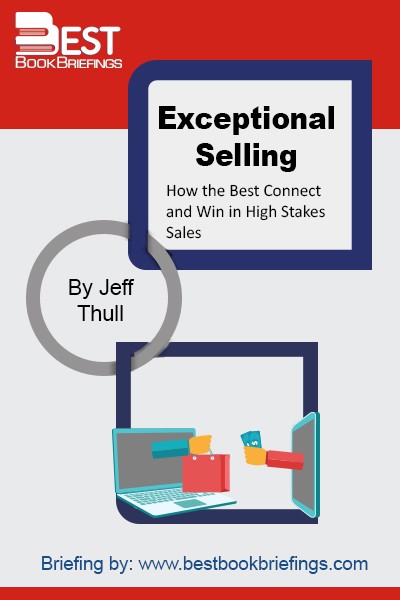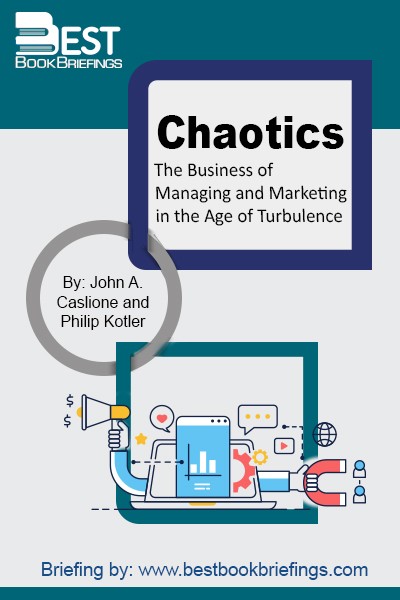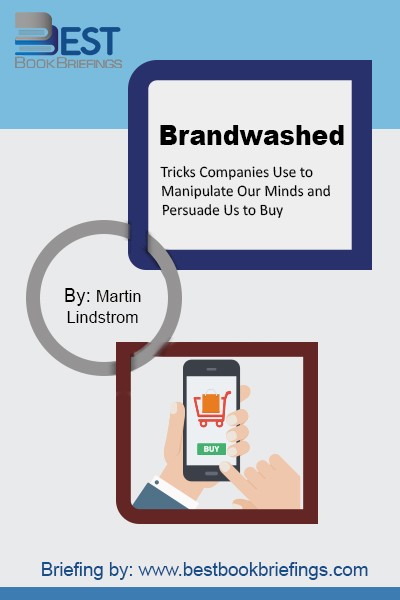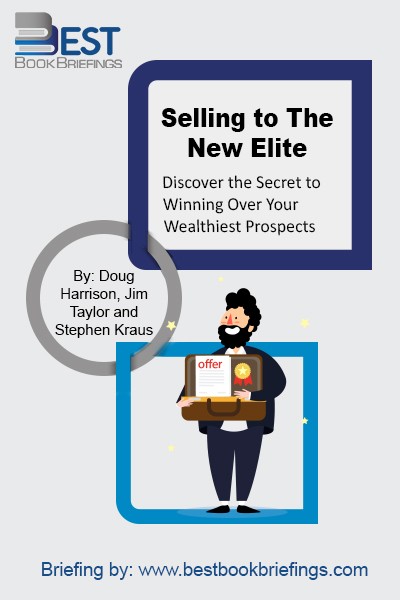Selling to The New Elite
Discover the Secret to Winning Over Your Wealthiest Prospects
Editorial Review
We know how hard the last few years have been. Many have called it the Great Recession, with good reason, as it has already been far longer and more severe than any economic downturn since the Great Depression. Government economists tell us it began in December 2007, but the researches identified spending cutbacks and an “emotional recession” as early as mid-2006. Despite the government’s assertion that the recession ended in June 2009, over 90 percent of the affluent believe the recession still continues today, and over 60 percent expect it to continue for more than a year—attitudes that can easily become self-fulfilling prophecies. Most have reduced their spending. “I’ll buy whatever I want” has been replaced with “Let’s buy only what we need.” The process has made them feel smart, not deprived, and most expect to continue their newfound frugality and value-orientation when and if the economy improves.
Book Reviews
Books on Related Topics

The most common forms of sales sabotage are stylistic. How we talk with customers can easily undermine our ability to position ourselves to succeed and win business. No one does this intentionally, but the fact remains, if you don’t know how to effectively structure and conduct customer conversations, what you talk

“Chaotics” provides business leaders with the system and tools to successfully navigate through the uncertain waters that will continue to confront all of their businesses in this new era “The Age of Turbulence”. The fact is that we are entering a new age of turbulence. But what is turbulence? We know

As a kid I built my own Legoland at home. I slept on a bed constructed of Lego. I was well and truly hooked on a brand. I just never realized it. Today, I am witness to brand addiction at unprecedented levels. Cunning marketers using tricks and traps designed to serve one



